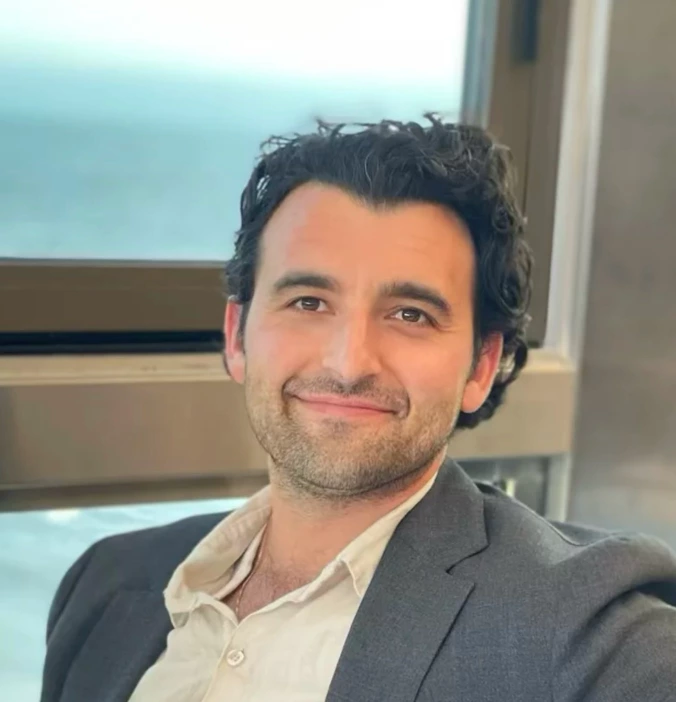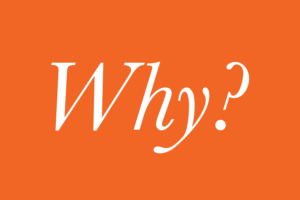“I commit to growing in self-awareness. I commit to regarding every interaction as an opportunity to learn. I commit to curiosity as a path to rapid learning”
Commitment 2: Jim Dethmer, Diana Chapman, and Kaley Warner Klemp
Curiosity is one of my core values. My personal definition for living in alignment with curiosity is to “follow my intrinsic love for exploring and discovery new insights.” More specifically, I instruct myself to live this way by “pondering why something is the way it is and inquiring about opportunities for improvement.” In order to further my commitment to learning through curiosity, I intend to practice embracing the state of wonder more often.
15 Commitments of Conscious Leadership defines wonder as
“Open-ended curiosity. It is asking a question for which we don’t know the answer, and we don’t know–or care–if there is an answer. Wonder is as much about the question as it is about the answer.”
The shadow side of my curiosity is that it can lead me down a path of fixation and frustration because I get attached to expending effort to “figuring something out.”
“Wonder is a very different experience. It is not about figuring anything out. It begins with a willingness to explore and step into the unknown, which involves taking a risk and letting go of control–not an easy commitment”
15 Commitments of Conscious Leadership
This makes me realize that the source of my anxiety is being stuck in rumination and compulsively attached to trying to solve whatever is concerning me. With this awareness, the opportunity before me is to practice shifting from a state of ruminative attachment to open ended wonder. The kind of wonder that is curiosity without any skin in the game.
Wonder influences a transition process from rigid to flexible, tensed to relaxed, and rough to smooth. I wonder about how I can cultivate and practice more wonder when dealing with chronic pain. What are the wonder based questions that would help me to let go of the narrative that causes the pain to persist? Perhaps…
- If my pain was a color, what color would it be?
- If I knew this was the last time I would feel this way, would I still be feeling this SAME way?
- What would my future self, 20 years from now, say to my present-self about handling the pain?
The very act of asking myself these questions is a self-regulatory strategy. For example, allow me to demonstrate with the self-regulation formula: S X B = R.
SITUATION X BEHAVIOR = RESULT
Situation: I am “below the line” (closed, defensive, committed to being right)
Result: Shift to being “above the line” (open, curious, committed to learning).
Behavior: Ask myself wonder based questions.




